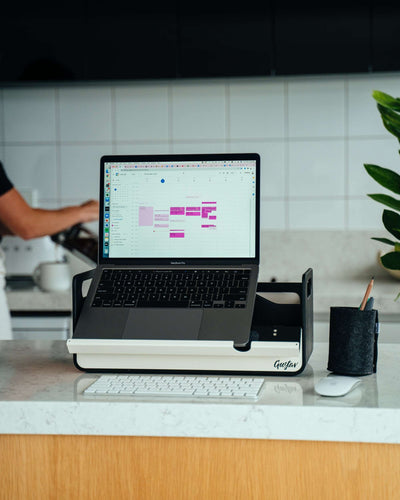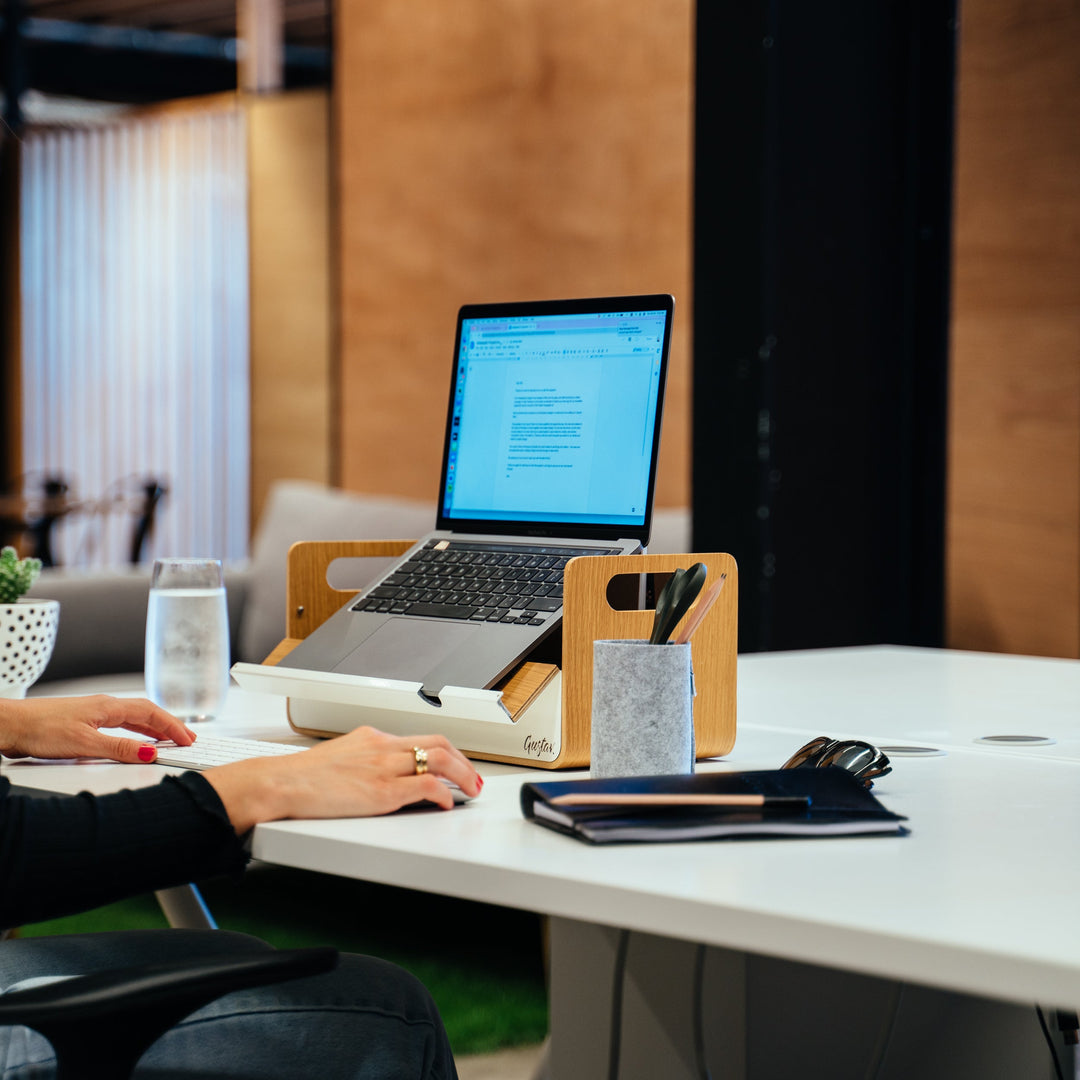Get Read For Hybrid Working

Covid may have accelerated the shift towards hybrid working, but the truth is, this trend has been underway for some time. More and more companies have been switching to an ‘Activity Based Working’ model, and 2022 is likely to become the year that this becomes the dominant way of working.
We’ve looked in detail at what Activity Based Working is in a previous post, but as a quick reminder, it is a way of working in which an employee has no fixed desk, but moves between spaces depending on the nature of the task they are doing. This of course allows for a more hybrid way of working, where employees’ time is split between work and home (or a favourite café).
ABW and Hybrid offer several benefits to both employees and their employers. Employees feel more trusted and empowered to do their jobs in a way that suits them. This increases their job satisfaction, which in turn decreases staff turnover (a big plus for employers). Another positive for employers is the fact that Hybrid Working can reduce the size of the office, thus saving real estate costs. When designed carefully, every single area within the building becomes a potential place for work, so there is no wasted space.
So why exactly does ABW and Hybrid fit so perfectly into a post-Covid way of working?

The Trust Question - Answered
Pre-Covid it was only really the larger and more forward thinking companies that had adopted the ABW or Hybrid model. The majority of managers were still more comfortable with the fixed desk, ‘line of sight’ style of leadership that they themselves had worked under in the past. The underlying of premise of this, of course, was that without oversight employees could not be trusted to work.
Covid dismissed these out-dated notions within a week of lockdown. When employees were forced to work from home, most found they were working harder and doing longer hours – the complete opposite of what their bosses had anticipated.
Trust – for so long a barrier to more flexible ways of working – should no longer be an issue when it comes to designing a new, hybrid way of working.
Activity Based Working and Hybrid models are built on exactly this kind of trust between managers and their staff, and we expect to see far more adopting it as workplaces redefine their thinking about what it means to be ‘in work’.
The True Value of the Office
The fact that so many have thrived while working entirely remotely might lead some to conclude that the office no longer serves any purpose at all. This would be mistaken. All the research conducted since Covid began indicates that most employees would want to return to the office for an average of 2 -3 days. Most say they value the office as a place for connecting with colleagues and collaboration. While it may be easier to concentrate on ‘focus tasks’ at home, all the video conferencing platforms in the world can’t replace the value of connecting face to face. The design of the post-Covid office may well be more focused around enabling this collaboration, while also providing quiet spaces for focused work for those who find this challenging at home. Here, we are seeing the underlying principles of ABW shine through: the right space for each particular task and employee has to do.
Keeping Everyone Happy
Of course, one factor that employers will have to bear in mind with this new, hybrid way of working, is that their staff can now look further afield for work than might previously have been the case. With remote work now accepted as a valid way of working, geography is not such a bind, and those based in smaller towns can look at more attractive salaries and positions elsewhere. If companies want to keep staff on their books, they will have to look at ways to increase their staff satisfaction. ABW does exactly this, with the greater flexibility and trust if affords cited time in time again by staff as factors that enhance their enjoyment of a role.

The Bottom Line
Policies such that allow for – and indeed expect – a degree of hybrid working may well suit employers looking to cut costs as well. It is estimated that flexible working policies could reduce the required office footprint by as much as 30%, meaning some serious savings on real estate. An ABW or Hybrid model can not only help make flexible working policies work, but will allow companies to make best use of the available space, as every area can potentially become utilised for work.
In Summary
One thing is for sure – the world of work has been changed forever by Covid. Employees will now move more freely between work and home, between meeting rooms and quiet spaces in the office. As hybrid working becomes the new normal, so a new generation of tools that facilitate this approach will be required. On the technological side, there are of course the video conferencing platforms such as Zoom and Teams, and the collaborative tools such as Google Docs. On the practical, physical side, there is Gustav: the office in a box that will let workers both transport essential documents and set up quickly in any location, making any space their own. See more about how Gustav helps hybrid working models succeed here.









